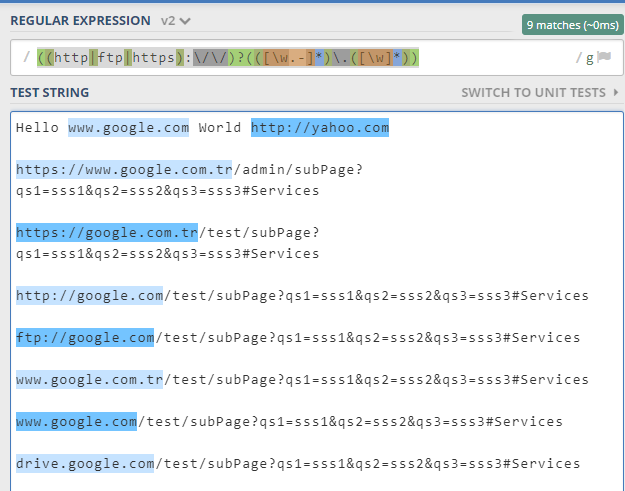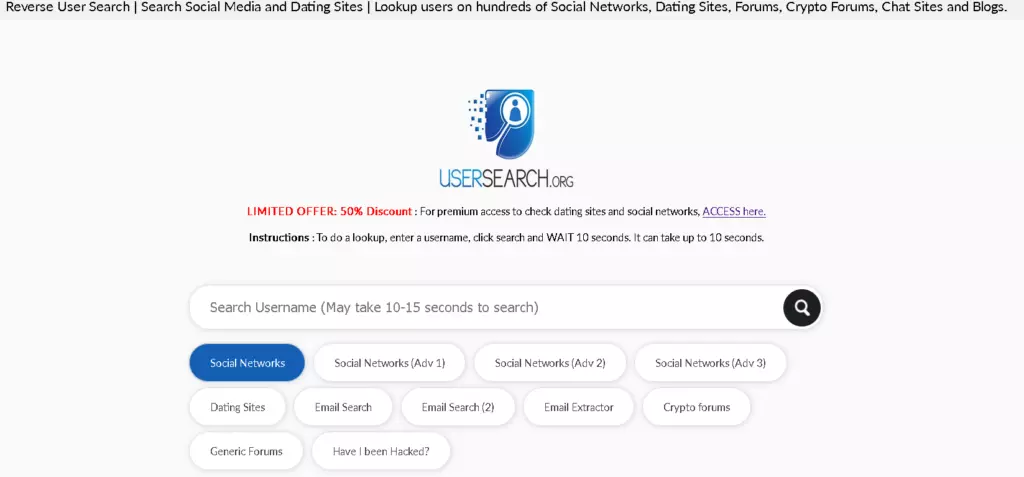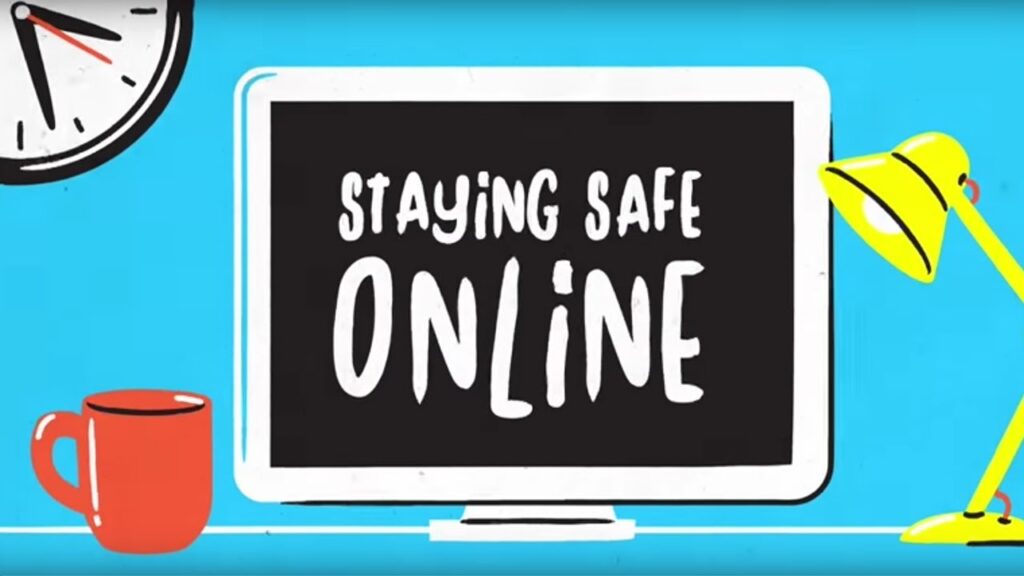Are you spending hours trying to find someone online by username? perhaps your child, best friend, or partner’s social network accounts? You know they’re active on social networks but your not finding much. Pretty frustrating.
Facebook, cash app, snap chat, all have search bars inside their apps to allow you to search for people by name. Unfortunately, if the name is common, or indeed fake, it may return hundreds of results to look through. Lucky for us, you can speed this process up.

We want to clarify, we’re not telling you how to do this so you can cyber-stalk someone online. It’s important you have the skills to find people online by username so you can protect your own identity. Or, perhaps you need to protect your family or discover some new information about your partner.
What will we cover? we’ll introduce you to social network URL patterns and how you can take advantage of them to find someone online. We’ll chat about APIs and JSON, what they are and how you can use them. And, we’ll also cover reverse lockups and how they can quickly find users across hundreds of websites. Finally, we’ll show you two tricks that online experts can use to find users in social networks where the network hides the profile.
Just to pre-warn, just because you’ve found a matching profile of a username you are interested in, take it with a grain of salt. Unrelated people can have the same username across different social networks.
Also, we suggest you try out these techniques to look up your own user accounts and see what data you leak online. You might need to up your own personal security if you find too much!
Social Networks
Social Networks are a notion of the 21st century. They have made countless billionaires and closed the gap in the reach of the public. Essentially, social networks have moved what was a local community in your local village to a global community. Learning to find someone online by username or email address has become essential in protecting your identity. It’s also important to successfully check potential partners, or ensure your kids are being sensible online. We’ve gathered some of the latest statistics showing how many individual user profiles exist on each of these major social networks:

- Facebook: 2.85 Billion Users
- Instagram: 908.2 Million
- Twitter: 186 Million
- Cash App : 36 Million
- Snapchat : 238 Million
- Match : 21.5 Million
- Tinder : 57 Million
With this success has come some huge data security issues. What is the biggest one in our opinion? We’ve not thought about hackers, exploits, insider threats, not even the organizations and how they secure their systems. The weakest link in the whole chain, is you, the average Joe.
Most people are aware they can make their social network profiles private, and they don’t actually need to give details of their location, age, family, relationships, etc, but yet they do. Why? why not they think, there is nothing to hide.
Let’s not get into the philosophy of why. Simply accept this information is there for the plucking. The key to this information? a reliable username.
How Social Networks organise their site?
We all know what a URL is. We also generally know what the URL is to a website, as they are public. What we don’t generally know right away is the URL to a particular user profile. If you want to find someone by username on a social network, you need to know their URL structure. Once you know this, you no longer need to rely on the search tab (or whether they provide a search option on the site).

Typically, a website will store all the user profiles, at the same location within their server. A simple example, Reddit.com/user/’yourusername’/. If you crack the user structure of the website’s URL, you don’t need to worry about if that site has an internal feature to search for users. Public websites such as Reddit are not too much of a challenge to crack, but private ones such as dating sites, are another topic altogether.
Examples of website URL patterns
You may be thinking to yourself, sure, enter the username into the URL? you knew that, tell me something I don’t know. It’s a good chance you’re right, it doesn’t take much to see a repeating pattern in the URL once you’ve logged into the site. But, how many sites are you interested in that your target ‘could’ exist in? Can you remember all those patterns? Or, is it the site you are truly interested in, not one you are aware of? It may be the unknown unknowns that you seeking.
Sites don’t follow the same URL structure, you need to be 100% correct in the URL in order to hit on a user profile. Some websites purposefully add symbols prior to or post the username inside the URL. They do this to make it, just a little bit more frustrating for people trying to find someone online. Others, like to hide the URL username mid-way inside the URL, and you need to get the next few words after the username spot on before they show the goods.
Let’s show you a few examples of what we’re talking about:
- https://cash.me/$username
- https://community.cloudflare.com/u/username
- https://username‘.blogspot.com’
- https://buzzfeed.com/username
- https://forum.leasehackr.com/u/username/summary/’
- https://www.username.nn.ru/’
- https://opensource.com/users/username
- https://pikabu.ru/@username

As you can see, as long as you know the pattern for each website, you can see the user profile and all their activity. Most websites don’t make these private by default, however, a lot of websites do not provide search facilities for usernames. If you really need to perform a lot of searches for a website, you’re best of using a reverse username lookup tool.
Reverse lookup to find users on social networks
You may have noticed, our website is a reverse lookup tool to find usernames and emails. Not only do you need a team of software developers to build a tool to reverse lookup a large number of social networks, you also need a team of skilled researchers to check thousands of websites and track the URL patterns for each site. If you try and search these sites manually, you’re looking at days worth of work. However, using a free username lookup tool like this, you can scan thousands of social networks and apps, such as snap chat and cash apps, in seconds.
Those eagle-eyed among you may have seen the above picture mention regular expressions and GREP. What is this? you don’t really need to worry about them if you are not building software to access URLs. However, if you are interested, GREP allows a computer program to find particular patterns within large pages of text. This can be used to detect patterns in URLs instead of relying on your eyes.
Using APIs to find users on social networks
Another trick these reverse lookup use for emails and usernames is to utilise the website’s own API. Occasionally, a website may not provide an internal search but for the functionality of either the website itself or for developers who build apps for the community, there are public APIs. Some of these, simply let you query a user. The kind of information you can get from these is, simply crazy. However, the time needed to discover these APIs will take a fair amount of work.
Let’s backtrack a little, for those not totally up to speed with APIs. An API is an interface that we can access from the URL by entering a particular pattern that the coders of the website designed. If you don’t enter the correct sequence, you get a blank page on your website. However, if you enter the correct sequence, you directly query the database on that website itself. You’ll get a page of text which initially, may look like code (which is kind of is, known as JSON). If you look a little closer, you’ll see it’s pretty easy to understand.

We’ve run a quick API request on a website for the username ‘fred’ and below is what you’ll expect in return. Don’t be too intimidated if you are not used to seeing structured/unstructured data, it will make sense once you look at it for a few moments (perhaps not the raw data version, but most certainly the JSON version.


How to access an API to find someone online?
You may think API and code are shown on the web page, which must mean you need to be a coder and write some software to access this kind of data. Searching the website’s database directly? surely that’s not allowed. Totally wrong, if you can use an internet browser you’re qualified. Also, the designers of the website want you to access their API, it encourages armature developers to build community apps to plug their phone apps and services into the website, further increasing the user base of the website.
Sure, you can build some software to access this kind of data. You can also literally just enter the correct pattern into the URL. Here is one example:
- www.pr0gramm.com/api/profile/info?name=username

Website Security: Bypass website search restrictions
If your trying to find someone on a website that doesn’t provide internal searching, doesn’t get covered by people lookup tools, and also does not provide an API for you to interface with…you may actually be forced to do it the old way (unless you can actually code).
There are websites that utilize usernames but do not show them within the URL. Instead, on user sign up they are assigned a number, typically in an incremental fashion (the first user sign up gets 1, second gets 2, third 3, and so on). If you know the user number, you can enter it within the URL just like we have shown you (instead of the user id). However, if you enter the username rather than the number, you get a blank page.
This is a security feature, to prevent you from performing reverse user and email lookups to find people on social networks and apps. There is of course an obvious solution to this (albeit not straightforward). You can visit each user, from 1 up to a million (or however many users that site has), until you find the user you are interested in). Yes, that was a poor joke, that would take a lifetime.
Find hidden users on social networks (trick 1)
You can build a computer program to visit all these pages for you and save the results. You can then create your own personal database of those results, just like any typical reverse lookup service.
Why are we talking about this? you may not be the coder type, you may just be trying to learn a little more about tracking users online. Sure, we get it. We are telling you this, as this is exactly what our engineers are currently working on. Our premium users will be able to search sites, that cannot be searched in any other way. We are not there yet, but soon, we’ll be providing the BETA testers of our premium service (link on the website).

Find hidden users on social networks (trick 2)
Another way you can sometimes find people by emails or phone numbers is to utilise the websites inbuilt friends connections. Some websites allow you to sync your email contact list on your phone, or your actual phone list, with email or phone number. You cannot actually search inside the website for who owns an email or phone, but if you first enter the details into your mobile phone and then import the list, you’ll see which user profile links with that phone number. A very useful trick, and one that’s publicly accessible but not used too often!

Summery
There you have it, a few resources on how you can quickly find someone online by username and some background reading on APIs. We’ve also shown you how to access APIs to get more advanced information on user accounts and also some tips open-source experts use to dig a little deeper into websites that don’t totally provide the information you after within a few clicks.
If you are interested in reading more about how to find users online with just a username or email address, we have other articles here:
- How to find someone by email address in 5 steps?
- Why check your username & brand before doing business?
- User Lookup : Search like pro…without the tools
- Hide and Seek : How to find anyone online (and hide)
- How to find profiles online? Discover if your partner has a secret dating profile! (part 1)
- What can a hacker do with your Email?
There is also a very good community to share your own resources and link in with like-minded people on this LinkedIn group.



